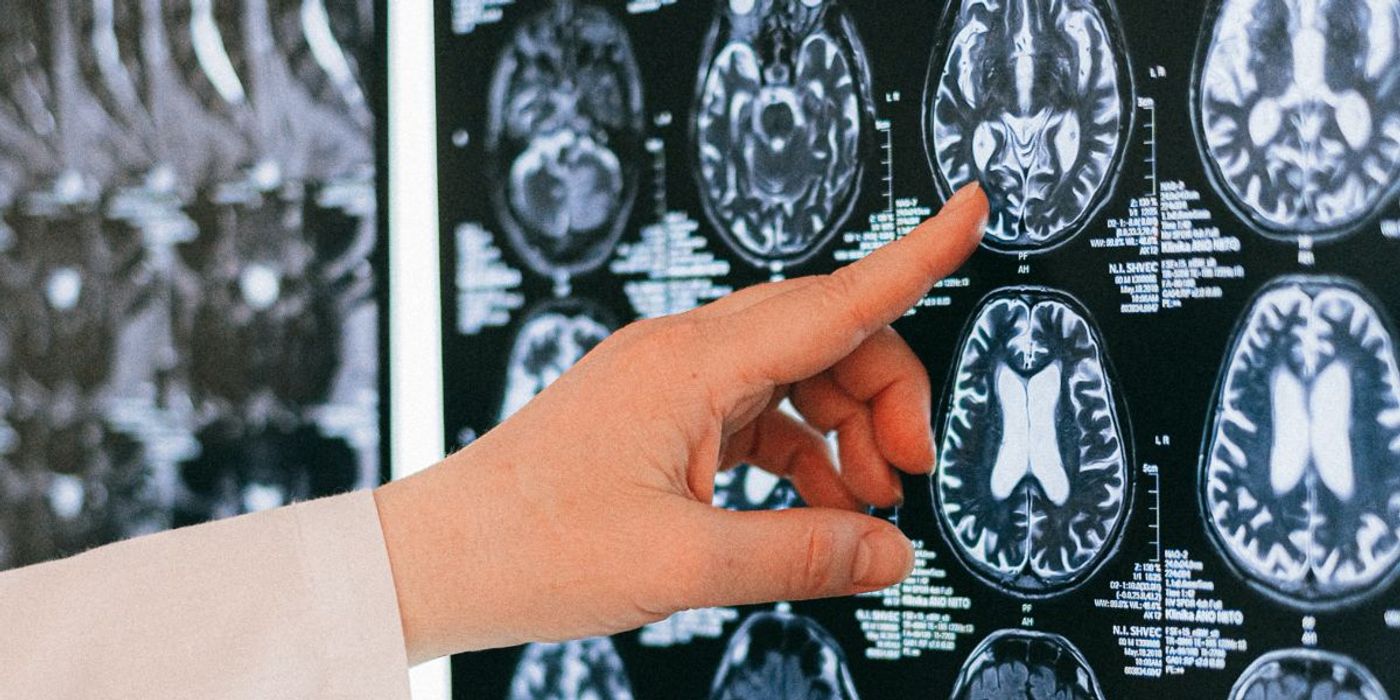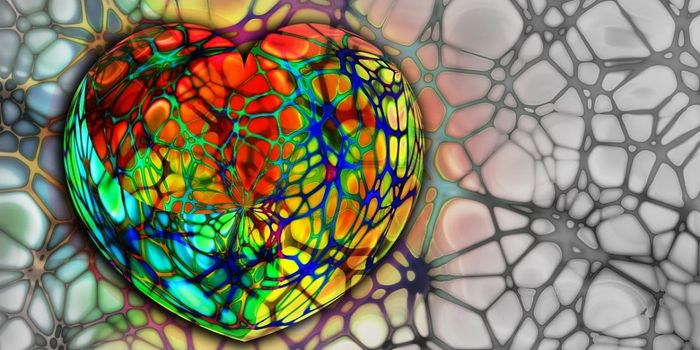Implantable Pump Delivers Chemotherapy Directly to the Brain

The blood-brain barrier is a crucial part of the brain’s defense infrastructure to prevent toxins, viruses, and bacteria from entering the brain. It also, however, prevents many therapeutic substances from reaching the brain, posing a critical problem for treating conditions such as glioblastoma- or brain cancer.
Conventional delivery methods for chemotherapy, such as tablets or IV infusion, demand higher chemotherapy doses to overcome the blood-brain barrier. However, these high doses can harm other areas of the body.
To overcome this issue, clinicians often give patients a dose high-enough to have some effect on the tumor, but low-enough not to cause too many adverse side effects. While these doses work for some, for many, brain tumors return.
To resolve this, researchers designed a small pump that can be implanted into the abdomen and connected to the brain via a thin, flexible catheter that runs under the skin. The catheter is ultimately placed in the area of the brain where the tumor is located.
In animal tests, the researchers found that the pump can deliver chemotherapy to brain tissue at a 1000-fold greater concentration than other methods. This, they noted, means that chemotherapy could be given directly to the brain without side effects on the rest of the body.
“Most drugs would be more effective if you could give them on a long-term basis without side effects,” said Jeffrey Bruce, MD, the Edgar M. Housepian Professor of Neurological Surgery Research at Columbia University Vagelos College of Physicians and Surgeons, a neurosurgeon at NewYork-Presbyterian/Columbia University Irving Medical Center, and a senior author of the study.
“The pump can stay in place for a long period of time, so we can give higher doses of chemotherapy directly to the brain without causing the side effects that we get with oral or intravenous chemotherapy,” he added.
In the current study, researchers implanted the device in five patients with glioblastoma. Patients received a total of four infusions, each lasting 48 hours with a 5-7 day washout period in between.
The researchers noted that the treatment was well-tolerated and without substantial complications. They also reported that post-treatment tissue analysis demonstrated that the treatment significantly reduced proliferating tumor cells in all five patients without affecting other brain cells.
“A lot has already happened to make the tumor harder to treat by the time initial therapies fail, so we think that the pump will work even better with the newly diagnosed patients,” said Dr. Bruce.
“This approach would give us the ability to change the treatment over time and consider using other types of chemotherapy that would not be effective if given systemically but may be much more effective when delivered directly to the brain," he explained.
The researchers noted that their sample size was too small to detect an overall survival benefit. However, they wrote that their findings warrant further studies to see how the pump may influence clinical outcomes. They note that their findings may also apply to other anti-glioma drugs or other conditions of the central nervous system.
Sources: Columbia University Irving Medical Center, The Lancet








